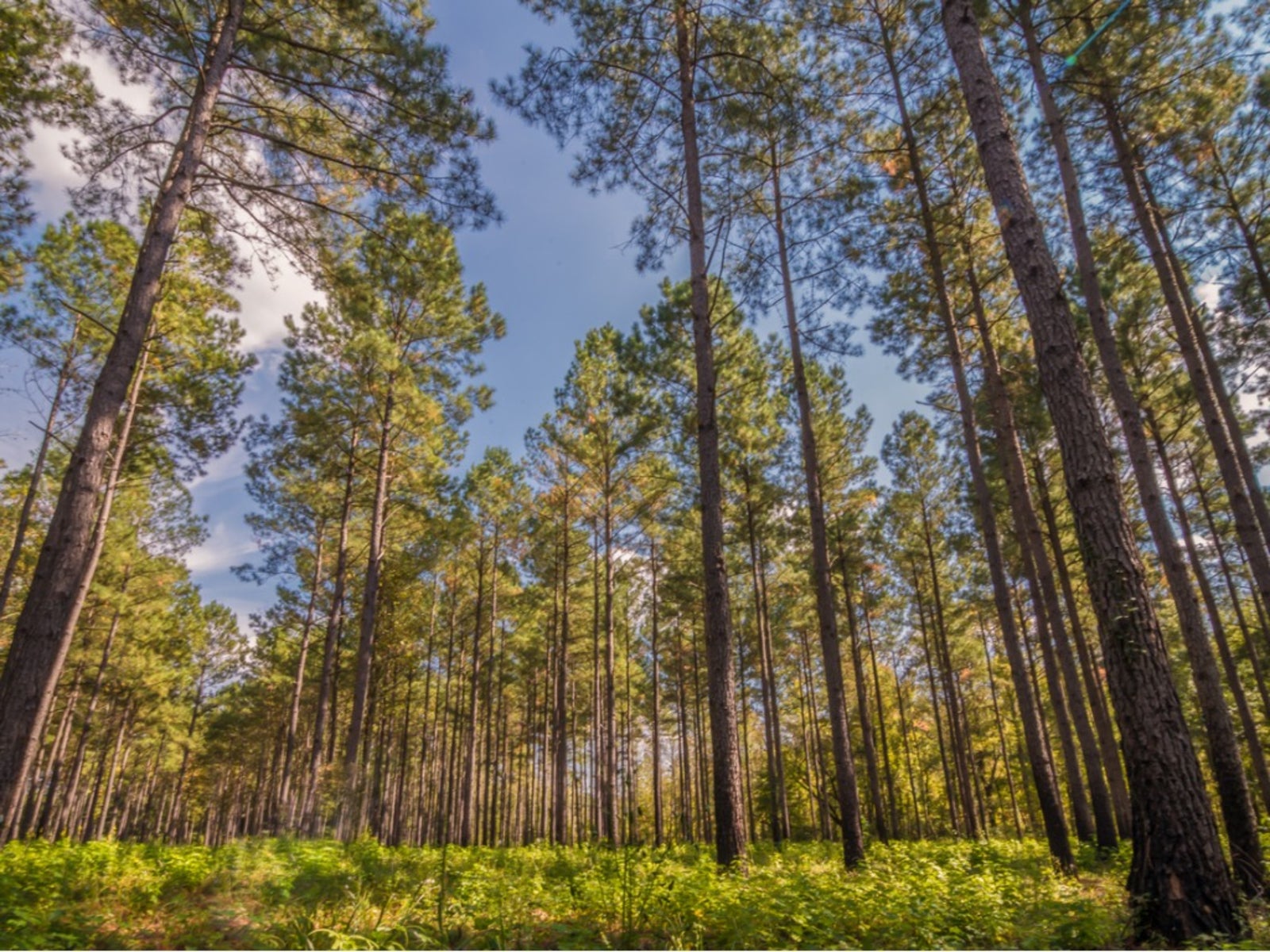Growing Southern Conifers – Learn About Coniferous Trees In Southern States


Growing conifers of the South is a good way to add interest and different form and color to your landscape. While deciduous trees are important for the air and adding shade in summer, evergreens add a different appeal to your borders and landscapes. Learn more about common coniferous trees in southern states.
Common Southeastern Conifers
Pine trees are common southeastern conifers, growing tall and sometimes weakened as they grow older. Plant tall pines away from your house. Common varieties that grow in the Southeast include:
- Loblolly
- Longleaf
- Shortleaf
- Table Mountain pine
- White pine
- Spruce pine
Many pines are cone bearing with needle-like foliage. Wood of pine trees is used for numerous products necessary to our daily lives, from magazines and newspapers to other paper products and structural supports in buildings. Pine products include turpentine, cellophane and plastics.
Cedars are common trees growing is southeastern landscapes. Choose cedar trees carefully, as their lifespan is long. Use smaller cedars for curb appeal in the landscape. Larger types can grow as a border for your property or scattered through the wooded landscape. The following cedars are hardy in USDA zones 6-9:
Other Coniferous Trees in Southern States
The Japanese plum yew shrub (Cephalotaxus harringtonia) is an interesting member of the southern conifer family. It grows in shade and, unlike most conifers, does not need cold to regenerate. It is hardy in USDA zones 6-9. These shrubs prefer a humid environment – perfect in southeastern landscapes. Use a shorter variety suitable for beds and borders for added appeal.
Morgan Chinese arborvitae, a dwarf Thuja, is an interesting conifer with a conical shape, growing to only 3 feet (.91 m.). This is a perfect little conifer for a tight space.
This is just a sampling of the coniferous plants in southeastern regions. If you’re adding new conifers in the landscape, observe what is growing nearby. Research all aspects before planting.
Sign up for the Gardening Know How newsletter today and receive a free copy of our e-book "How to Grow Delicious Tomatoes".

Becca Badgett was a regular contributor to Gardening Know How for ten years. Co-author of the book How to Grow an EMERGENCY Garden, Becca specializes in succulent and cactus gardening.